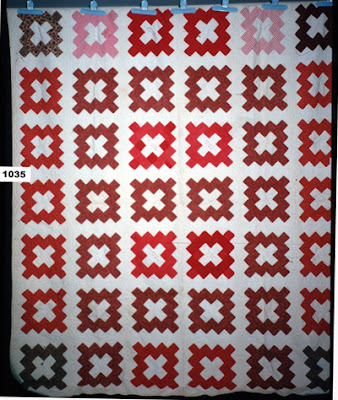Becky Brown, Herbarium #3 Starry Wreath for Emily Dickinson
Amherst College Collection
Poet Emily Dickinson (1830 - 1886) when she was about 16
Many women posed with a favored book, often a Bible.
But Emily was not known for her religiosity. Note the flower
in her hand. Was the book her bound herbarium?
"[Sister] Viny and I both go to school this term. We have a very fine school. There are 63 scholars. I have four studies. They are Mental Philosophy, Geology, Latin, and Botany. How large they sound, don’t they? I don’t believe you have such big studies.” Emily, 1845 to friend Abiah Root.
Her 66-page Herbarium bound in green is at the Houghton Library.
Starry Wreath by Becky Collis
While at the Academy Emily kept a Herbarium, dated by Harvard's Houghton Library as having been assembled during her school years. Was the daguerreotype portrait above made as a celebration of the end of her schooling with the book a tangible souvenir?
Harvard's Houghton Library Collection
Emily about 9, painted by A.O. Bullard
Almira Hart Lincoln Phelps (1793-1884)
One botany text book at the Academy was Almira Lincoln Phelps's Familiar Lectures on Botany with instructions for teachers as well as students. Phelps's book, originally published in 1829, went through
about 40 editions. She was educator Emma Hart Willard's sister.
The 1854 edition
I've looked at hers and other botany textbooks hoping to find illustrations relating to the quilt blocks in the eight similar quilts but no luck so far. Our unknown teacher probably drew her own.
Edge of sampler made by an unknown quiltmaker, published in
Border to Border: Quilts and Quiltmakers of Montana
Pattern for the full Starry Wreath
This wreath with five-lobed starry flowers is set as a half a wreath
in several of the eight mid-19th-century Herbarium quilts.
Variations in the edge blocks that fill out the on-point set
The OFFICIAL Set
Further Reading
https://iiif.lib.harvard.edu/manifests/view/drs:4184689$30i
Read more about Almira Hart Lincoln Phelps:
Read more about Almira Hart Lincoln Phelps:
























































